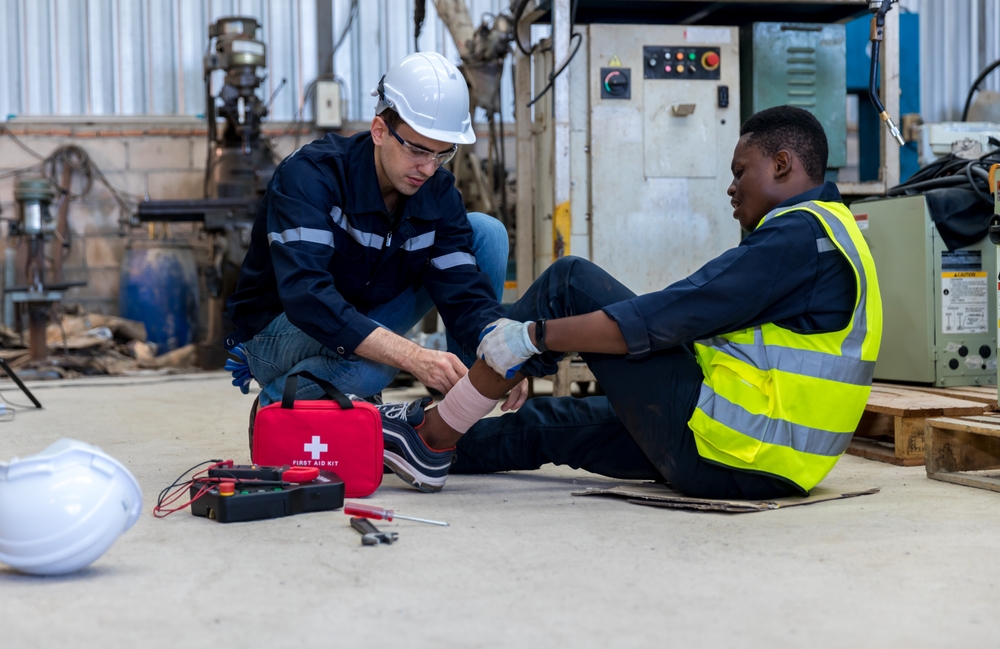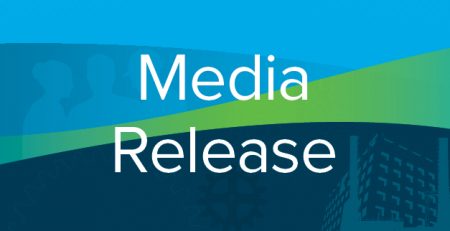Preparing for the New WorkSafeBC First Aid Regulations
Are you ready?
Earlier this year, WorkSafeBC approved amendments to the First Aid Regulations that require employers to put into effect by November 1, 2024.
The goal of these amendments is to reduce confusion around first aid requirements and standardize provincial regulations with national ones set out by the Canadian Standards Association (CSA). These amendments will impact all employers, but primarily those with high-risk workplaces located in remote or less-accessible locations.
Due to the breadth of changes, WorkSafeBC has provided employers time to update their internal health and safety policies—requiring complete compliance by November 1, 2024.
But what does that mean for BC employers?
Here are some considerations to help you prepare over the next year:
- Manufacturing Safety Alliance of BC advisors are here to help you. Connect with an advisor to learn more about the specifics of what you need to update your policies and programs.
- We will be releasing resources to assist you in updating your First Aid programs soon. Check back for these.
- For reference, the published WorkSafeBC amendments
Some key updates and considerations:
- First Aid Assessments
- must be conducted in consultation with workers; (updated Mar 6, 2024)
- must be written/documented for each workplace; (updated Mar 6, 2024)
- reviewed and updated annually, or whenever a significant operational change occurs; and
- reviewed by the JHSC or worker health & safety representative.
- Changes to classifying workplaces (Classes 1- 4) in Schedule 3-A
- Class 1: a workplace other than class 2, 3, or 4
- Class 2: a workplace that is remote but not less-accessible
- Class 3: a workplace that is less-accessible but not remote
- Class 4: a workplace that is both remote and less-accessible
- New mandatory requirements for first aid procedures, drills, kits, and certificates
- Procedures must be reviewed, and drills conducted annually or whenever procedures change, to ensure procedures are effective and workers and attendants can fulfill their roles and responsibilities
- First aid kits should meet CSA Z1220-17
- Minimum first aid kit and equipment requirements are determined based on workplace factors (see Assessment). (updated Mar 6, 2024)
- Refer to the draft OHS Guideline to determine the minimum first aid kit supplies and equipment they will need. (updated Mar 6, 2024)
- Employers must supplement existing kits with any new contents required. (updated Mar 6, 2024)
- Where supplies have changed by size or description only, employers may move to these new contents when new kits are purchased, or as supplies are replaced. (updated Mar 6, 2024)
- Minimum first aid kit and equipment requirements are determined based on workplace factors (see Assessment). (updated Mar 6, 2024)
- First aid training should meet CSA Z1210-17
- Beginning Nov 1, there will be new naming conventions for Occupational First Aid (OFA) credentials to align with the standards established by the Canadian Standards Association (CSA), along with changes to the course duration for the intermediate (currently OFA 2) level. (updated Mar 6, 2024)
- Note: Anyone holding a current valid first aid certificate under the current requirements can continue to use it until it expires. (updated Mar 6, 2024)
- Specific requirements to provide emergency transportation for an injured worker if an ambulance cannot safely reach the workplace within 30 minutes (in certain situations)
- Employer-provided emergency transportation must be capable of safely transporting the injured worker and first aid attendant with effective communication protocols between the driver and the attendant. It should be designed and equipped to ensure the injured worker is secure and protected from natural elements and dust. Normal body temperature must be maintained and there must be adequate space for the first aid attendant to safely provide first aid during transport.
- Refer to Schedule 3-A to determine when emergency transportation is required.
- Additional direction for dressing stations, first aid rooms, and overnight care
- Dressing stations and first aid rooms must be located as near as practicably possible to work areas, be kept clean and sanitary, have a sink with warm and cold potable water, adequate signage, and be large enough for an injured worker, first aid attendant, and all the equipment to fit inside.
- Overnight care facilities are required for locations that are required to have a first aid room and where under normal travel conditions, hospitals are further than 2 hours away.
Implementation Timeline
To help you better manage your implementation process, here is a suggested timeline and approach through until Nov 1, 2024.
Phase 1 – Recommend to complete by end of 2023/Q1 2024:
- Learn about the amendments
- Consider how these amendments will impact your current facility’s first aid requirements
- Develop an action plan that includes implementation deadlines and leads for the following:
- Complete the written first aid assessment for your workplace
- Update to first aid kits to meet CSA Standard Z1220-17
- Ensure any new first aid certifications meet CSA Standard Z1210-17
- Update written first aid procedures and training modules
- Train staff on new procedures
- Complete a first aid drill and debrief
Phase 2 – Recommend completing in the first half of 2024 (by Sept 1 at the latest):
- Begin implementing your action plan
- Identify any potential obstacles or challenges
- Consider any supply chain issues that may arise and/or staffing requirements and needs
- Start training with workers
- Develop a first aid training module covering what workers need to know
- Identify and begin conducting any site-specific training and orientation for first aid attendants (include considerations such as modified duties, medical aid, mental health, workplace stress, emergency response, environmental crisis responses)
Phase 3 – Final phase, to be completed by Nov 1
- Complete any site-specific training and orientation for first aid attendants
- Finalize Training with workers
- Conduct a first aid drill with staff and first aid attendances including a debrief to determine what went well and what needs improvement
UPDATE—March 6, 2024 | As part of the amended first aid regulations, WorkSafeBC has drafted guidelines to help employers in the application and the interpretation of the changes to the regulation. WorkSafeBC has posted the draft OHS Guidelines for Part 3 – Occupational First Aid for public comment, and comments and revision requests can be submitted until 11:59 pm on Tuesday, April 2, 2024.
Workplace first aid assessments
- Employers will have a duty to establish their workplace first aid requirements in consultation with their workers.
- Employers will need to complete a written first aid assessment for each workplace.
- This assessment will help employers determine the appropriate first aid services needed to ensure prompt first aid treatment and transport to a medical facility.
New first aid training
- The amendments to the OHS Regulation align with standards established by the Canadian Standards Association (CSA) — benchmarks used across the country to guide workplace first aid programs.
- There will be new naming conventions for Occupational First Aid (OFA) credentials, along with changes to the course duration for the intermediate (currently OFA 2) level.
- Please note that anyone holding a current valid first aid certificate under the current requirements can continue to use it until it expires.
New first aid kit requirements
- First aid kit and equipment requirements will change to align with the CSA standards.
- Employers can refer to the draft OHS Guideline to determine the minimum first aid kit supplies and equipment they will need after the assessment.
- Employers must supplement existing kits with any new contents required. Where supplies have changed by size or description only, employers may move to these new contents when new kits are purchased, or as supplies are replaced.
DID YOU KNOW…
WorkSafeBC will be sharing more information about these regulatory changes on First Aid at Make It Safe Okanagan on April 18.



